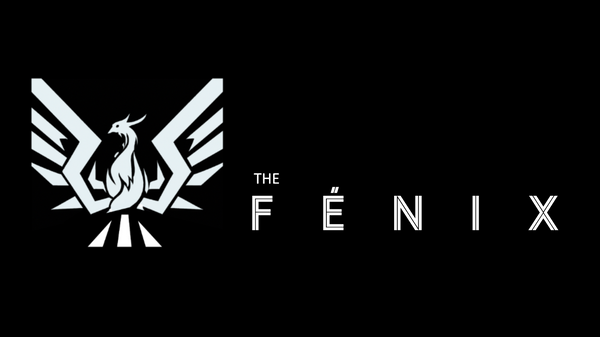Last week, I made the point that the recent trend in hockey skills acquisition of adding new hardware tools to the ice surface has given coaches more control over the difficulty level of skills drills than ever before. I offered several examples that support this. This week’s topic is a hack along the same lines.
The reason it is a “hack” is that it may actually offer a synergy that the difficulty-adjusting parameters considered last week do not. As such, it may create a shortcut to higher difficulty levels compared to those methods.
The idea is simple. It is to establish habits in a stationary mode before having skaters tackle slip under challenges in motion. Why is this particularly useful?
The default version of a slip under move is a multi-tasking challenge. It includes skating and puckhandling. Putting those together can, if done with enough pace, make for an overwhelming challenge. But, if done slowly, this may not be particularly challenging for players.
This, however, is not all that a player has to manage to thrive in slip under type drills. Slip unders also feature the challenge of planning your route and puck positioning for sliding the puck under and retrieving on the other side. When you add that in, it doesn’t require much pace to overwhelm a skater that is new to slip unders. And, with enough pace, that combination can put anybody up against the limits of their comfort zone.
If you take the skating part out of it you are also taking the route and puck position planning out. The big benefit of this is it allows skaters to focus on what they are doing with their hands and their stick. For example, the ideal slip under move involves moving your stick around the opponent’s stick in a particular way. Part of doing that right involves leveraging a loose bottom hand to pull the stick through it such that our hands wind up very far apart on the stick shaft. This I bottom hand slide and most players miss it on most on-ice slip under drills. Another aspect is that the blade of our stick should pass just a bit over the top of the opponent’s stick in the maximally efficient case.

Imagine trying to plan your route and puck position at even a moderate pace and focus on each of those details as you start working on a slip under drill. In my experience as a coach, the slip-under details suffer when doing that and it is a long road to getting those right.
However, if skaters have built up some habits around those slip under details, they will happen without the skater having to think about it (only to a small degree in the early stages of learning, but still, that is a great start compared to no detail at all). Building these habits up using reps of stationary slip under moves allows the player to isolate their focus on getting the details right and pays off when they start to slip unders in motion.
There are three, arguably, four ways to get these stationary reps in prior to first attempts at slip unders in motion that are worthing of attention. Those will be the topics of next week’s post!

